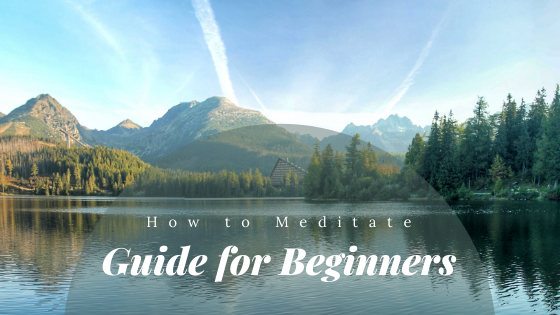Meditation is not just a trendy thing to brag about on social media – it has actually been around for thousands of years and provides many health benefits, both mental and physical.
Building up a tolerance to handle difficult situations as they arise is the way to find a natural balance within your own body and mind. It helps people handle the daily stresses of life much more easily, which, in turn, reduces the production of hormones like epinephrine and cortisol. As a result, there is a reduction in stress-related physical ailments such as stomach ulcers, heart disease, and a weakened immune system, not to mention the effects that stress can have on blood pressure and feelings of fatigue, depression, and anxiety.
A study from Harvard was done about a decade ago and the results proved that mindfulness made a difference when it came to a brain’s grey matter. This part handles emotional regularity, memory, and identity. A Carnegie Mellon study also confirmed these findings years later, focusing exclusively on how well mindfulness assists the brain in handling concentration, stress, and decision making. Studies have since proven that it also helps manage chronic pain, and contributes to an overall increased sense of well-being.
People who might be unsure about how to begin can follow certain guidelines. 15 minutes per day is sufficient to achieve the desired effects after consistently doing mindfulness meditation for 6-8 weeks. There have even been studies done on people who suffer from chronic pain, acute pain, or post-surgical pain. Mindfulness falls under the category of mind-body therapy and the experiment was meant to see how well it could replace the dependence on opioid use. There was an overwhelmingly high response in people who were no longer drug-dependent.
There are many tools available for beginners who want to practice skillful meditation. The key elements are consistency and practice in order to see meaningful results. Guided meditation is available in group form as well as on many apps. It should be done anyplace where you are able to focus and do your best to avoid distractions.
The first rule of thumb is to seek out a quiet space. Put your electronic devices on silent and sit comfortably. You want to sit straight but not in a tense way. Your body should be focused and relaxed at the same time. Breathe gently, becoming more and more focused on your breathing with every inhale and exhale. Mindfulness meditation is all about breathing and being focused. Some people do a body scan to see where they have body parts that might need attention. If you do find yourself being distracted, acknowledge it, and then let it float away like a cloud.


